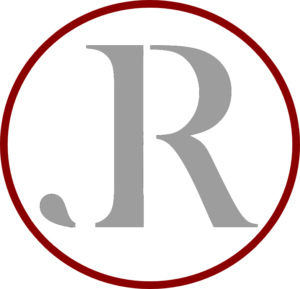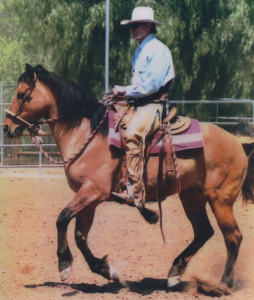
Iberian Peninsula Horsemanship, the Myth of the Moors’ Influence on Riding and the California Vaquero-style Bridle Horse
Many of these Conquistadors, as Cortés’s army was called, became wealthy men and established huge haciendas. They also brought with them to the New World, their traditions, equipment, different styles of riding, and ways of training horses which were gradually passed on to the native inhabitants who subsequently modified the horse equipment…These men became known as vaqueros…
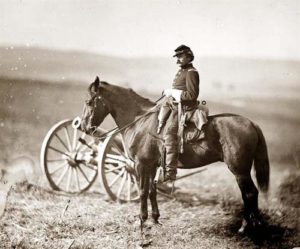
THE MILITARY SEAT – THE CAVALRY SCHOOL 1934
SEAT is that quality which permits the rider to remain master of his equilibrium, whatever may be the actions of his horse. The seat of military purposes must be secure in itself, that is independent of other means of security, and must provide ease and comfort for both rider and horse…
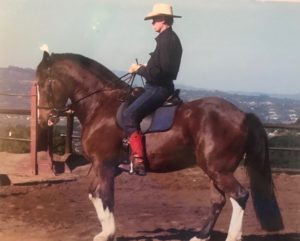
Dressage – What, Why, Who
The word “dressage” is an old French word which has no exact equivalent when it is translated into English. This may explain why it is generally misunderstood in this country, because it means a good deal more that the common English translation of
“training”, which, used in connection with sports activities and with horses, generally refers more particularly to the creation of physical fitness…
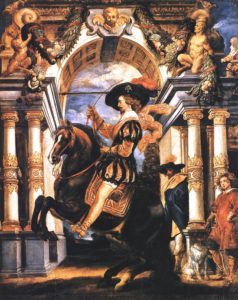
The Major Influences on Riding in Europe During the Renaissance and Baroque Eras
It is hard to believe, but nevertheless true, that within a span of time of just under three hundred years (approximately from the 1530’s to near the end of the 1700’s) there were more advancements and developments in the art of horsemanship than have ever taken place either before or after that time…
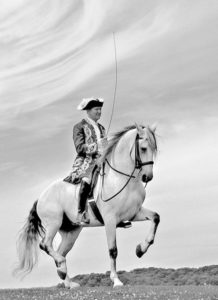
The Principles of Classical Horsemanship
Lest the cart precede the horse (no pun intended), it would be beneficial to understand where the term ‘classical horsemanship'(sometimes referred to as the Art of Classical Riding or classical equestrianism) came from and what made it ‘classical’ before we discuss the principles behind it.
